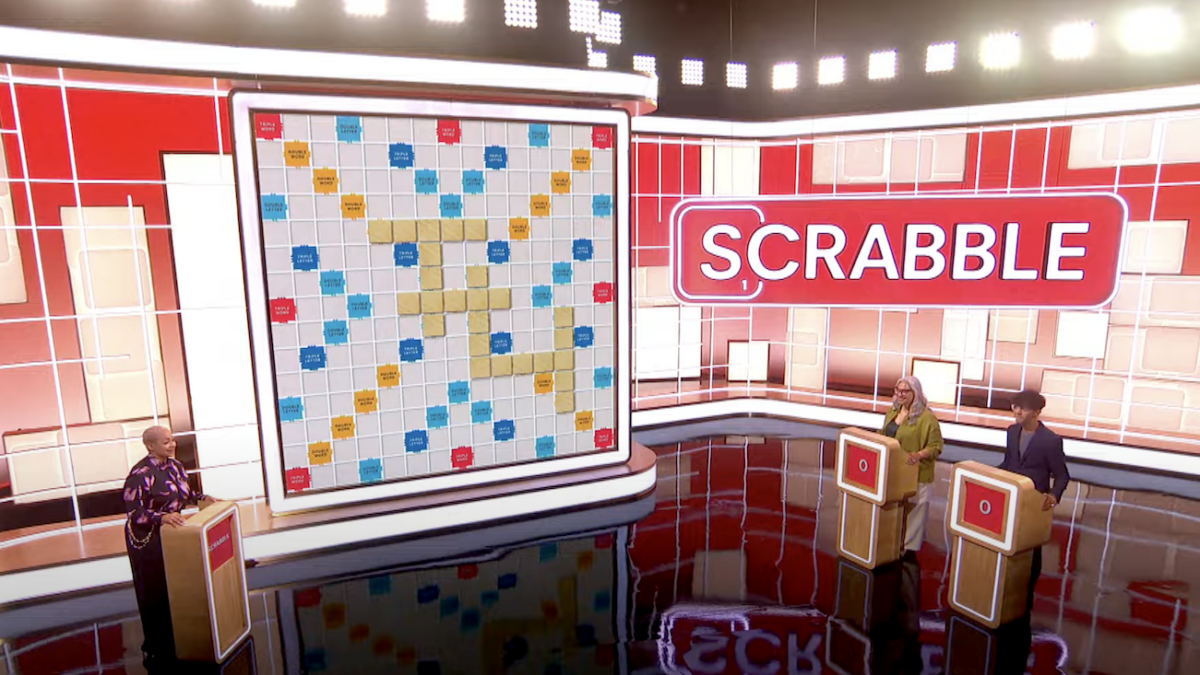”The Marvelous Mrs. Maisel” is back, consistent as ever, gorgeous and immersive, clever and provocative. The show looks and feels as fresh as its first season, which hardly doubles as a critique given how great it was right out of the gate.
“Maisel” last aired on Dec. 6, 2019. It was, for me, the final binge before The Great Binge. As Midge moved into the ’60s, America moved into the ’20s. As Midge moved into the sexual revolution, America started questioning it. Watching “Maisel” now feels oddly discordant, like being asked to celebrate the take-off of a plane you know is going to crash.
Two episodes in, my one enduring complaint about “Maisel” stands: the snappy dialogue often veers into an insufferable, Sorkin-style rhythm. This season, that rhythm is complemented by another insufferable hallmark of Sorkin’s work — pretentious hero babble. “Maisel” always had some of that, to be sure, and it’s not nearly on the level of ”The Newsroom” or ”Studio 60.” But it’s a flaw.
Perhaps we shouldn’t be surprised that Amy Sherman-Palladino and her husband Daniel are leaning further into this bad habit just as the show is leaning further into second-wave feminism. Midge’s arc from housewife to housewife-slash-comic is always what gave the show an edge. Its heroine loves motherhood, fashion, and homemaking. She’s not merely another female comedian eschewing traditionalism for a life of debauchery. She wants to have it all.
I was reading Helen Roy’s reflections on ”Girl, Interrupted” this week when I realized they mirrored the problems with “Maisel.”
“What remains true and captivating across time is the underlying theme of the general story and of its individual characters: that participation in the then-emerging midcentury ideals of careerism and sexual licentiousness drives women crazy,” wrote Roy. She continues:
Women today can relate because in real life, these two forces remain crazy-making fixtures of modern society. The difference now is that these once basically distinct vanguard female archetypes of the midcentury (woman free to work on one hand, and woman free to fornicate on the other) at some point fused into one. Now, the pressure for women to become caricatures of a certain brand of masculine ambition and sexuality, is no longer an either/or proposition, and hasn’t been for a while[.]
Maisel cheerfully makes the case for this fusion as though the case is closed, and just as it’s been reopened. Roy argues “coronavirus killed the girlboss,” noting that younger millennial women were stripped of offices and bars while older millennial women dropped out of the workforce.
“As of October of 2021, three million women had left their jobs for ‘pandemic-related reasons,’” she noted. “Put simply, working from home while also having kids home from school highlighted the tension between domestic and professional responsibility that would have once been relieved through outsourcing.”
Women’s preferences have been clear for years, assuming you find biology to be a more credible explanation than ”internalized misogyny.” Christina Hoff Sommers has written about this for decades. “In a 2013 poll, Pew asked American mothers about their ‘ideal’ working arrangement,” she once noted. “Sixty-one percent said they would prefer to work part-time or not at all. Catherine Hakim, a sociologist at the London School of Economics, found similar preferences among Western European women.”
Sommers went on to quote a particularly apt Tina Brown line: “There are more tired wives who want to be Melania sitting by the pool . . . than there are women who want to pursue a PhD in earnest self-improvement.”
These are surveys of Western women decades into the experiment Midge is proudly running as “Maisel” progresses. And then there’s the coarsening. Midge is clearly meant to be among the pioneers forging a grand tradition of American stand-up. She befriends Lenny Bruce. Her story is borrowed at least in part from Joan Rivers. What made comedians of that time great were the boundaries they tested.
Camille Paglia penned a blistering critique of Instagram in 2018, reflecting on much of the changes congealing in “Maisel’s” fourth season. ”The sexual revolution sought and won by my 1960s generation envisioned women as responsible, mature free agents, equal to men,” said Paglia. “We certainly did not foresee that ‘booty pics,’ reducing women to their buttocks like Stone Age fertility totems, would become a wildly addictive genre of Instagram self-portraiture.”
“Ironically,” she later added, ”sexed-up online exhibitionism has escalated as Hollywood movies have steadily lost their once world-famous genius for portraying romantic passion… a movie ostensibly about sex, like the first installment of Fifty Shades of Grey (2015), was a lifeless and clinically antiseptic bore.”
Paglia argues that content codes enforced until roughly the 1960s resulted in sexier art. The contemporary comedians in Bruce’s league are the ones challenging new content codes instituted by Silicon Valley and Hollywood’s new moral puritans. They’re the women embracing the mysteries of femininity instead of joyless nudity and androgyny.
Paglia’s admitted lack of foresight is admirable and heterodox precisely because Amazon-backed writers like Sherman-Palladino remain blind to the emergent consequences of modern liberalism.
I’ve never been to a Justin Bieber concert, but I’ve yet to witness a frenzy quite like the one that consumed my poetry professors when Erica Jong came to campus, raspy and blonde, aged and sultry. “Fear of Flying” was so personal to them. They spoke of it reverently and treated her like a queen. These women were artists, some of them celebrated. What electrified them in the ‘60s and ’70s was change. But when the radical became the status quo, and the glow of newness faded, the women who came later were left to pick up the pieces.
This is becoming clear, even to the left. BuzzFeed, of all places, probed Gen Z’s mounting dissatisfaction with the normalized culture of “sex positivity” in a poignant investigation last year.
“It feels like we were tricked into exploiting ourselves [and] tricked into thinking it was our idea,” one girl explained.
Abigail Shrier has done yeoman’s work documenting the pains of young women baited by a normalized culture of leftist gender norms into causing ”irreversible damage” to their own bodies. In recent months, “Sex and the City” author Candace Bushnell and New York Times columnist Michelle Goldberg have started grappling with the consequences of the sexual revolution without daring to question their roots.
It’s true, we shouldn’t throw the baby of legal equality and genuine progress out with the bathwater of loneliness and pornography and all the painful manifestations of modern misery. But we shouldn’t pretend it’s clean either.
There’s one more season to come of “Marvelous Mrs. Maisel.” If she embraces the benefit of hindsight, Sherman-Palladino could make it even better.









